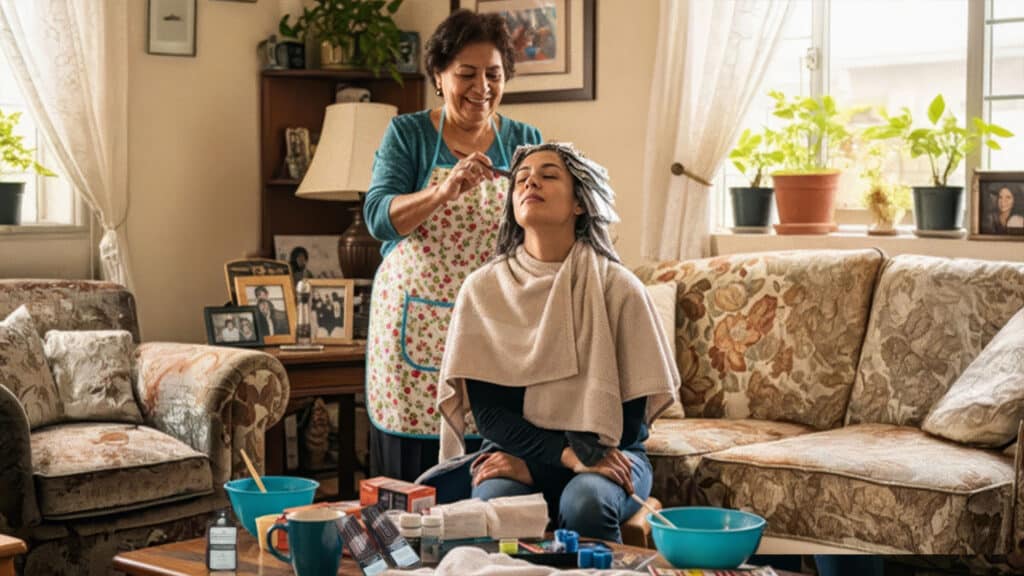Catrinas Unmasked: Celebrating the Rich Legacy of a Political Skeleton Icon
With Halloween around the corner, Catrina-inspired makeup will soon be trending online and flooding our social media feeds. But make no mistake, Catrinas are not Halloween costumes. Often associated with celebrating Día de los Muertos (Day of the Dead) in Mexico, they are traditional figures steeped in political meaning and cultural connotations.
A Rich History
Catrinas have risen to prominence over the past years, propelled by representations in pop culture and a social media boom. On TikTok alone, the Catrina hashtag racks up over 1.4 billion views.
However, the origin of the skeleton-like character dates back to the twentieth century. Mexican illustrator José Guadalupe Posada is credited for creating skeleton cartoons that satirized political figures and the upper class. As social commentary, Posada depicted them in European-style attire and bourgeois attitudes.
These illustrations were often accompanied by Calaveras, texts in a literary style similar to epitaphs that mocked public figures and politicians. In these texts, Posada pointed out the fleeting nature of life and criticized class division. “Death is democratic, since at the end of the day, whether black, brown, rich or poor, all people end up being skulls,” he wrote in a publication.
Where does the name ‘Catrina’ come from?
Decades later, Posada’s illustrations resurfaced in a mural by Diego Rivera. Titled “Dream of a Sunday Afternoon in Alameda Park,” the painting reunited characters of Mexican history. Among many others, Benito Juárez, Sor Juana Inés de la Cruz, and dictator Porfirio Diaz were part of this oeuvre. At the center, Diego Rivera portrayed himself as a child, accompanied by his wife, Frida Khalo. They stand close to José Guadalupe Posada and the skeleton of a lady dressed in Belle Époque clothing.
Diego Rivera coined the name “La Catrina” for this figure. The name derives from the word catrín, which describes someone wealthy, posh, and well-dressed.
Permeating into popular culture
La Catrina eventually made her way into the Day of the Dead celebrations as it became a representation of death in the collective consciousness. She is generally portrayed as a woman wearing fancy clothes and large hats. The makeup is as varied as it gets but involves “hollowed-out eyes and stitched mouths.”
Variations can also include colorful swirls, gems, or even stickers. The imagery associated with La Catrina also incorporates elements of Mexican indigenous culture, such as traditional clothing and flower crowns.
Nowadays, people around the world opt for Catrina-inspired makeup and costumes for Halloween, prompted by pop culture depictions — think of Coco or SPECTRE. The spread of Mexican culture worldwide has also played a big part in bringing Catrinas to the forefront during these festivities.
However, before jumping on this bandwagon, remember that La Catrina harbors a culturally loaded significance for Mexican people. Recreating this look is not problematic in itself, but learning about its origins and tackling it respectfully is the best way to honor Mexican culture.




